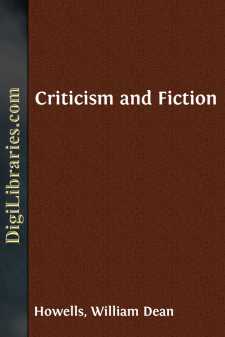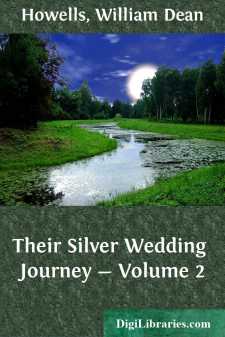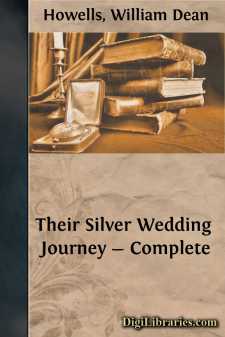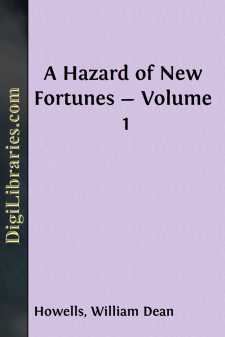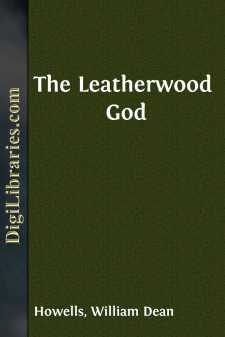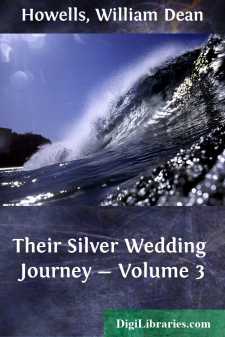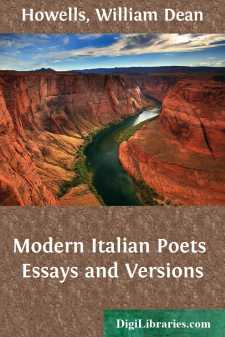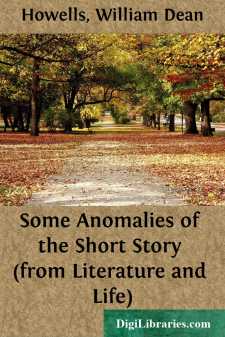Categories
- Antiques & Collectibles 13
- Architecture 36
- Art 48
- Bibles 22
- Biography & Autobiography 813
- Body, Mind & Spirit 142
- Business & Economics 28
- Children's Books 17
- Children's Fiction 14
- Computers 4
- Cooking 94
- Crafts & Hobbies 4
- Drama 346
- Education 46
- Family & Relationships 57
- Fiction 11829
- Games 19
- Gardening 17
- Health & Fitness 34
- History 1377
- House & Home 1
- Humor 147
- Juvenile Fiction 1873
- Juvenile Nonfiction 202
- Language Arts & Disciplines 88
- Law 16
- Literary Collections 686
- Literary Criticism 179
- Mathematics 13
- Medical 41
- Music 40
- Nature 179
- Non-Classifiable 1768
- Performing Arts 7
- Periodicals 1453
- Philosophy 64
- Photography 2
- Poetry 896
- Political Science 203
- Psychology 42
- Reference 154
- Religion 513
- Science 126
- Self-Help 84
- Social Science 81
- Sports & Recreation 34
- Study Aids 3
- Technology & Engineering 59
- Transportation 23
- Travel 463
- True Crime 29
Criticism and Fiction
Categories:
Description:
Excerpt
The question of a final criterion for the appreciation of art is one that perpetually recurs to those interested in any sort of aesthetic endeavor. Mr. John Addington Symonds, in a chapter of 'The Renaissance in Italy' treating of the Bolognese school of painting, which once had so great cry, and was vaunted the supreme exemplar of the grand style, but which he now believes fallen into lasting contempt for its emptiness and soullessness, seeks to determine whether there can be an enduring criterion or not; and his conclusion is applicable to literature as to the other arts. "Our hope," he says, "with regard to the unity of taste in the future then is, that all sentimental or academical seekings after the ideal having been abandoned, momentary theories founded upon idiosyncratic or temporary partialities exploded, and nothing accepted but what is solid and positive, the scientific spirit shall make men progressively more and more conscious of these 'bleibende Verhaltnisse,' more and more capable of living in the whole; also, that in proportion as we gain a firmer hold upon our own place in the world, we shall come to comprehend with more instinctive certitude what is simple, natural, and honest, welcoming with gladness all artistic products that exhibit these qualities. The perception of the enlightened man will then be the task of a healthy person who has made himself acquainted with the laws of evolution in art and in society, and is able to test the excellence of work in any stage from immaturity to decadence by discerning what there is of truth, sincerity, and natural vigor in it."
I
That is to say, as I understand, that moods and tastes and fashions change; people fancy now this and now that; but what is unpretentious and what is true is always beautiful and good, and nothing else is so. This is not saying that fantastic and monstrous and artificial things do not please; everybody knows that they do please immensely for a time, and then, after the lapse of a much longer time, they have the charm of the rococo. Nothing is more curious than the charm that fashion has. Fashion in women's dress, almost every fashion, is somehow delightful, else it would never have been the fashion; but if any one will look through a collection of old fashion plates, he must own that most fashions have been ugly. A few, which could be readily instanced, have been very pretty, and even beautiful, but it is doubtful if these have pleased the greatest number of people. The ugly delights as well as the beautiful, and not merely because the ugly in fashion is associated with the young loveliness of the women who wear the ugly fashions, and wins a grace from them, not because the vast majority of mankind are tasteless, but for some cause that is not perhaps ascertainable. It is quite as likely to return in the fashions of our clothes and houses and furniture, and poetry and fiction and painting, as the beautiful, and it may be from an instinctive or a reasoned sense of this that some of the extreme naturalists have refused to make the old discrimination against it, or to regard the ugly as any less worthy of celebration in art than the beautiful; some of them, in fact, seem to regard it as rather more worthy, if anything. Possibly there is no absolutely ugly, no absolutely beautiful; or possibly the ugly contains always an element of the beautiful better adapted to the general appreciation than the more perfectly beautiful. This is a somewhat discouraging conjecture, but I offer it for no more than it is worth; and I do not pin my faith to the saying of one whom I heard denying, the other day, that a thing of beauty was a joy forever. He contended that Keats's line should have read, "Some things of beauty are sometimes joys forever," and that any assertion beyond this was too hazardous.
I should, indeed, prefer another line of Keats's, if I were to profess any formulated creed, and should feel much safer with his "Beauty is Truth, Truth Beauty," than even with my friend's reformation of the more quoted verse. It brings us back to the solid ground taken by Mr. Symonds, which is not essentially different from that taken in the great Mr. Burke's Essay on the Sublime and the Beautiful—a singularly modern book, considering how long ago it was wrote (as the great Mr. Steele would have written the participle a little longer ago), and full of a certain well-mannered and agreeable instruction. In some things it is of that droll little eighteenth-century world, when philosophy had got the neat little universe into the hollow of its hand, and knew just what it was, and what it was for; but it is quite without arrogance....


